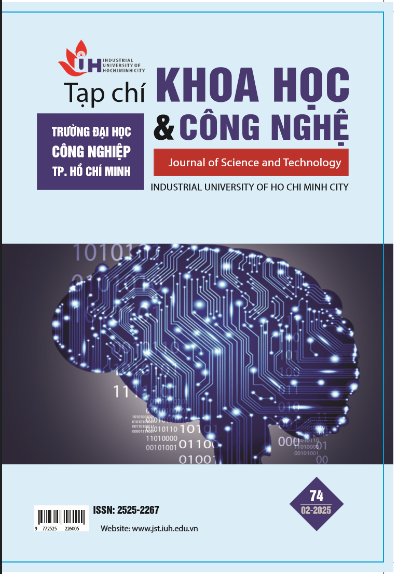COMMERCIAL ACTIVITIES IN AN GIANG PROVINCE UNDER THE NGUYEN DYNASTY (1802 – 1867)
Main Article Content
Abstract
The commercial activities of An Giang province from 1802 to 1867 developed based on important foundations in geography, economy, and politics. Strategically located within the Mekong River basin and bordering Cambodia, An Giang was endowed with a rich river network and abundant natural resources, especially fertile alluvial soil and diverse aquatic resources. Concurrently, the Nguyen dynasty’s policies on reclamation and frontier development facilitated the formation and expansion of commercial activities. During this period, trade in An Giang focused on the exchange of rice, aquatic products, and forest products—the primary commodities of the region. Traditional markets and floating markets along the Hau River and Vinh Te Canal served as central trading hubs, catering not only to local demands but also connecting trade with Cambodia and other southern provinces. Notably, the involvement of Chinese merchants fostered the exchange of goods between An Giang and international markets. This article analyzes three main aspects: (1) the foundations of An Giang's commerce, including natural conditions and the border management policies of the dynasty; (2) the primary commercial activities, encompassing the exchange of rice, aquatic products, floating and traditional markets, and the role of Chinese merchants in linking domestic and international trade; (3) the role of commercial activities in promoting local economic development and contributing to the prosperity of southern Vietnam, thereby confirming An Giang's strategic position in the regional trade system.

